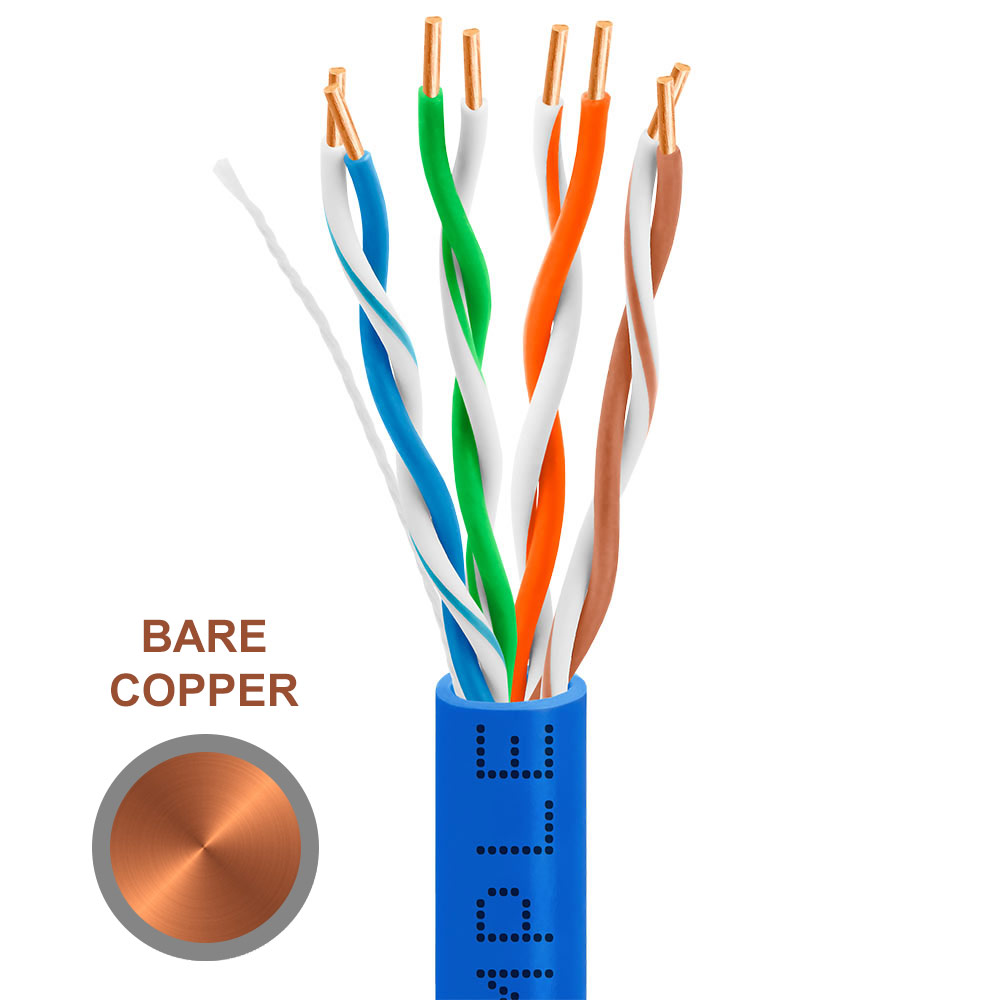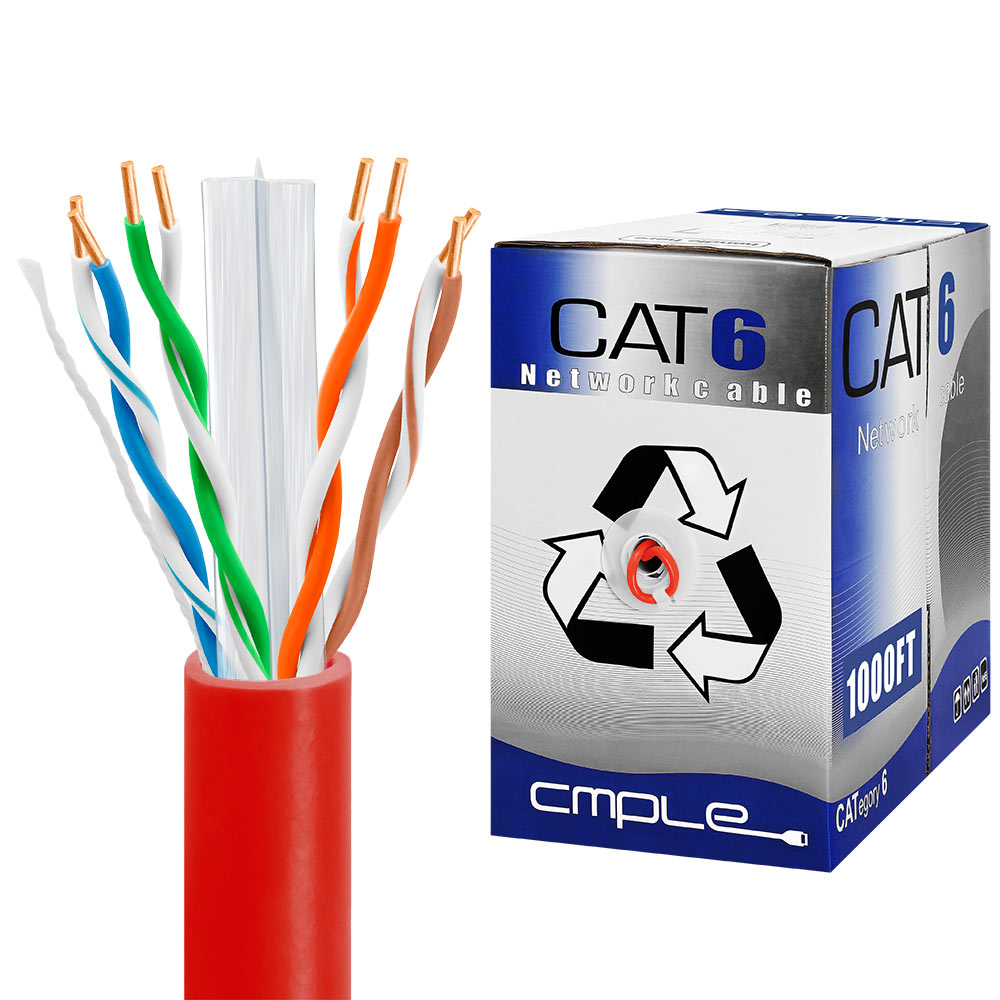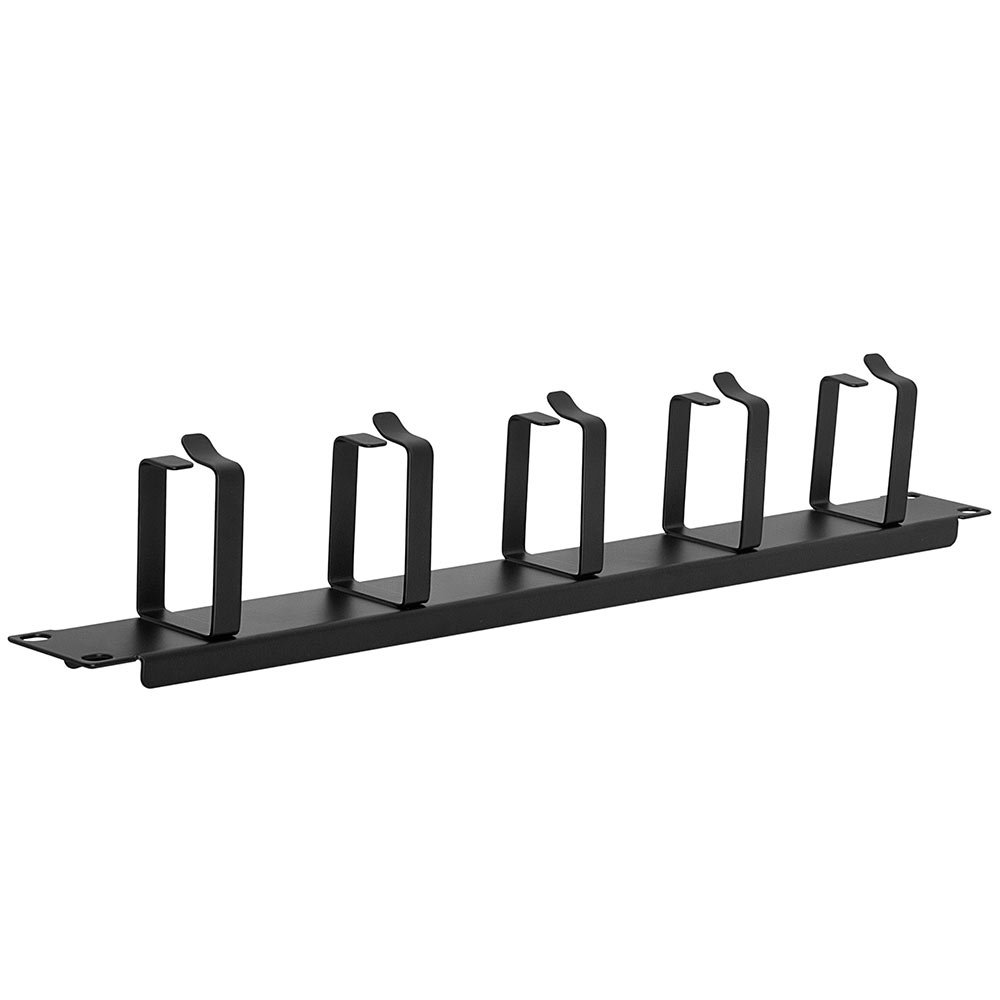Learn About Ethernet Cables For Data Centers: Cat6 Or Fiber?
When we’re young, we see how easy it is to run an extension cord to bring power to an area that doesn’t have an outlet. When we get a bit older, we learn that it’s simple to connect computer, audio or video components by running the appropriate cable from point A to point B (hopefully, at least tucking the cable behind a desk or some furniture). If another connection is required, it’s easy to just buy another cable.
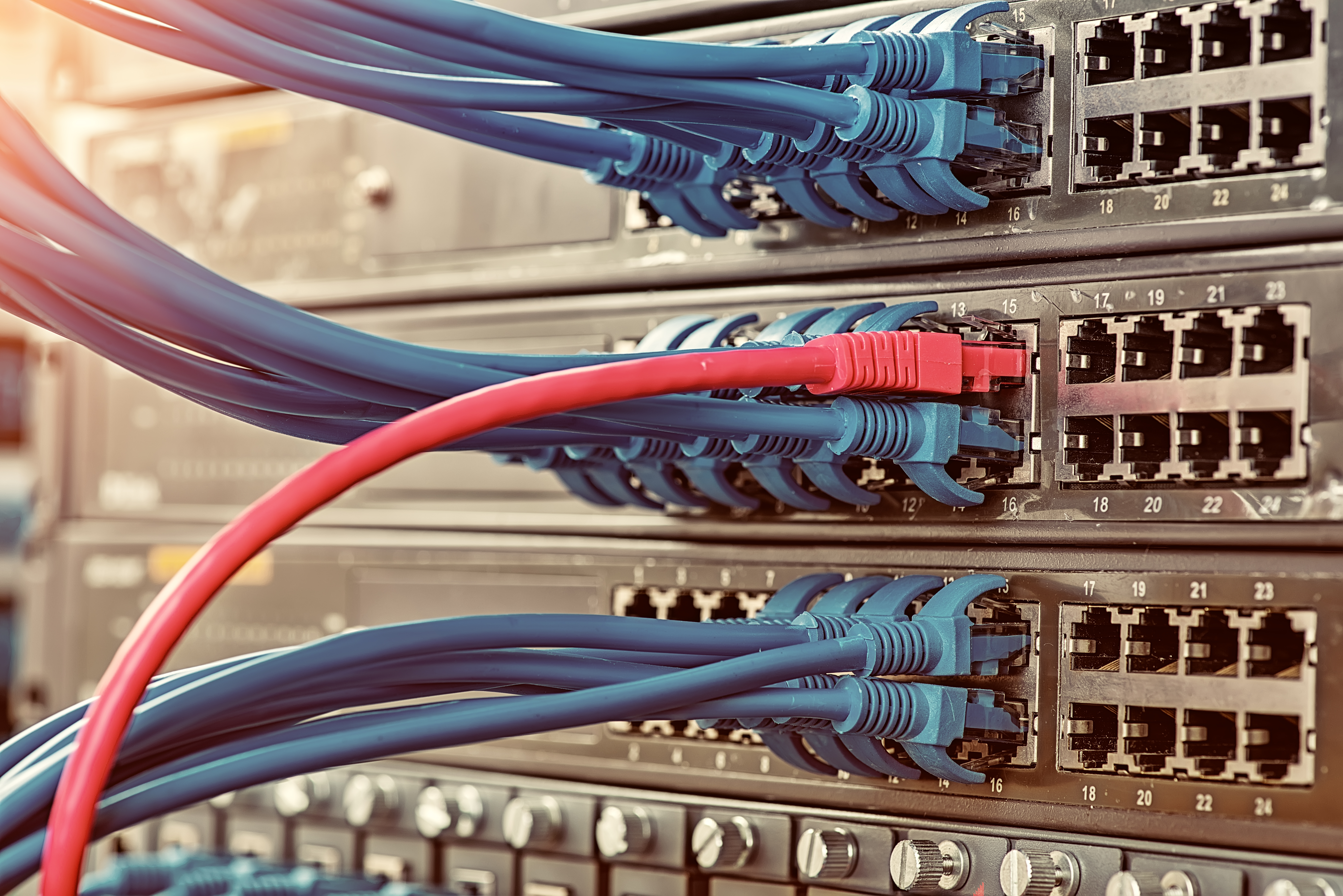
That’s the ingrained approach most adults take when their computer installation or home theater setup grows in size. Those planning a data center have to shake off those natural inclinations, though, even if they’re building a small facility in a school or small business. Properly planning and executing the cabling of a data center is crucial for cost-effectiveness, efficiency, reliability and growth.
That process includes two factors specific to the choice of Ethernet cables for data centers: how the cables are run, and what type of cabling is used.
Running Ethernet Cables for Data Centers
The point-to-point cabling we do in our homes is the fastest and easiest way to wire a data center as well, but it’s more expensive and makes things extremely difficult when the time comes to expand or scale up operations.
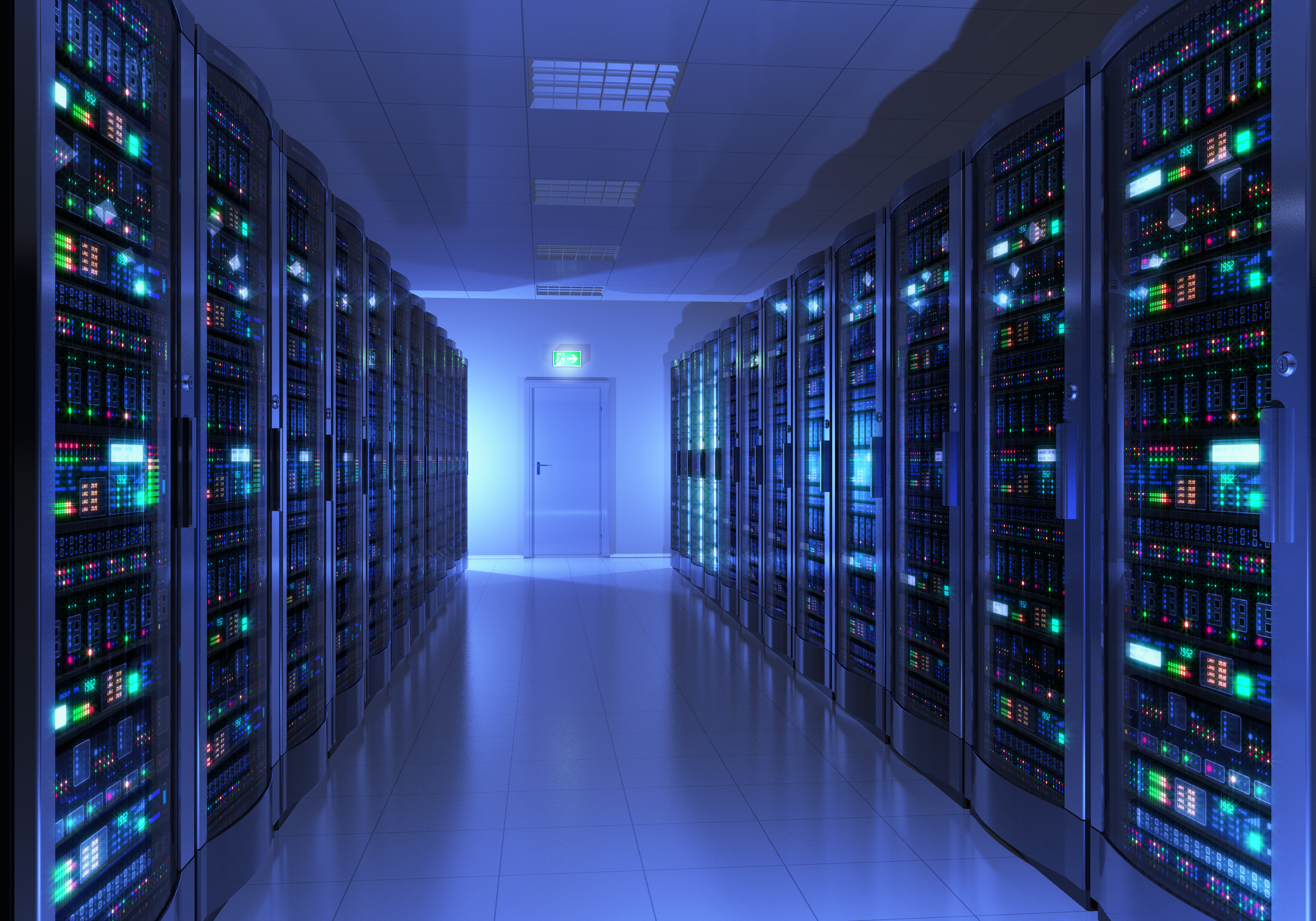
A so-called “unstructured” approach uses more energy and can pose cooling issues since cables are often jammed into areas with poor airflow. Troubleshooting becomes more of a headache when the cabling is done without a plan. Most importantly, when the time comes to add equipment or cables it will be a nightmare to restructure the existing cabling system, because there’s no rhyme or reason to it. In the long run, that adds greatly to the expense of expansion.
Running your data center Ethernet cables through a structured system with carefully planned conduits and cable runs will cost more during the construction process, but will save money and labor during the lifespan of the facility. Predefined design standards make it much easier to troubleshoot and repair, cool and expand the system as needed – a must for any busy data center.
So that issue should be a no-brainer: if you’re big enough to have a data center, you need to use a structured approach to running Ethernet cable.
What kind of Ethernet cable should you use? Read on.
Copper vs. Fiber Optic: There’s No Obvious Answer
For many years, the standard for data center Ethernet cabling has been traditional copper twisted-pair cables, from earlier Cat5e to the Cat6 and Cat6a cables which are the common choice today. The proliferation of fiber optic cable, however, has led many data center designers to immediately opt for the “shiny new object.” There are certainly advantages to fiber, of course. But it’s not necessarily the right choice for all data center applications.
Let’s start with copper. Even with prices decreasing for fiber optic cable, a typical copper installation can cost as much as 50% less than a fiber optic system, and the interfaces for a fiber network can cost twice as much as for one using copper Ethernet cable. For smaller companies or those on a tight budget, that might end the discussion right there. There are several other advantages to using bare copper Category 6 (or even Category 5e) Ethernet cable, however.
A copper installation is fairly simple for most trained technicians to handle. Running and terminating Ethernet cable isn’t brain surgery, and if a cable breaks, it’s not difficult to repair. Installing and terminating fiber, on the other hand, requires specialized knowledge and equipment beyond the experience and resources of most data center techs. And since fiber optic is lighter and thinner than copper cable, it’s more easily damaged by handling, accidental contact (or curious rodents).
Then why would a data center planner choose fiber over traditional copper? There are many reasons, if the budget allows.
Over short distances, copper provides completely reliable transfer of data at speeds up to one gigabit (with Cat6 cabling). But the two major phrases to concentrate on there are “over short distances” and “speeds up to one gigabit.”
The maximum effective length of twisted-pair copper Ethernet cabling is 100 meters, which is fine for most short runs in a data center. In large installations, however, runs longer than 100 meters require either signal boosters – or fiber optic cable, which can also be optimized to operate at a higher bandwidth than copper. At least for now, Category 6 Ethernet cable has a speed limit of one gigabit; that’s fine for most of today’s installations, but fiber can handle the 10 gig speeds which are starting to become fairly common, as well as the even-higher speeds which are inevitable.
There are other advantages to fiber. One is often-lower power consumption since thinner optical cables that can conduct a large number of signals simultaneously require far less cooling than large bundles of copper cable, because those can obstruct air flow in conduits and make the environment too hot. Fiber isn’t affected by either electromagnetic or radio frequency interference, avoiding the possible issue of signal degradation. It’s also more secure, because optical signal transfer doesn’t involve a transmitted signal that can be intercepted.
Thinner fiber cables take up much less space in an installation, while bulkier copper cables can become a logistical issue as more and more are added to the run. This makes fiber optic data center installations more scalable, and ideal for an “overbuild” in anticipation of future data center needs.
Which Ethernet Cable to Choose?
Those who weren’t sure what type of Ethernet cable they should use for their data center may now be less sure now than when they started reading this article; there are definite pros and cons to each.
Here’s the short version.
Copper Ethernet cable is the best choice for small data centers when the installation budget is a major consideration. A network that you know will never be substantially expanded and will never require transfer speeds over 100 megs can get away with Cat5e Ethernet cable, but Cat6 cable is a better choice for the gigabit network speeds which are now needed by a growing number of users and companies.
Fiber optic Ethernet cable is the optimal choice for networks which span large spaces and require long cable runs, ones which will likely be scaled up over time, and ones where speed, security and space are paramount.
Can you mix the two? Absolutely, with the help of dedicated media converters that allow the two formats to coexist. In that case, copper Ethernet cabling within network equipment racks and fiber runs through the data center could make a great deal of sense.




